Mapping the SDLC and BABOK to A Simulationist's Framework for Business Analysis
R.P. Churchill
CBAP, PMP, CSPO, CSM, A-CSDwww.rpchurchill.com/presentations/SDLC_SimFrameForBA
Learning Objectives
- People in different roles may see engagements differently, but they all contribute to the same whole.
- Work in each phase is done iteratively until all participants reach agreement. This may work differently in different phases.
- Phases do not always flow in the same order.
- All phases happen, even if it doesn't look like it, and even if not all parties participate.
- Teams may iterate between phases, both forward and backwards, and work may be done in multiple phases at the same time.
- Different kinds of work tend to be done in specific phases. Recognizing what phase you're in, and how this may look different from project to project, increases situational awareness, helps teams identify what should be done, and improves shared understanding.
Important Contextual Note
The context for most business analysis work is the development and modification of software systems (and the hardware and environments needed to host them).
Watermark explicitly states that all of their practice test questions should be understood in that context.
The SDLC framework is obviously about software.
HOWEVER, I tend to think of my engagement framework in more general terms, and the phases can be worked through to create, modify, and improve any kind of system, process, or product.
Important Contextual Note 2
It is EXTREMELY important to understand the structure of an engagement before beginning one.
This involves being aware of and provisioning for every activity that needs to be completed for a successful effort.
Participants in different roles will be concerned with different things, but all must be able to work together in a shared context.
Participants never want to be surprised that something needs to be done. The design and implementation phases will generate all the surprises anyone needs. Don't let surprises happen during the engagement management process.
Working Together Means Having Conversations
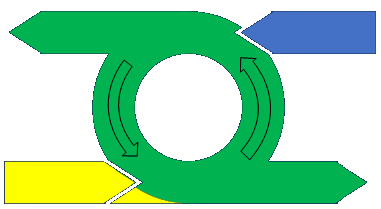
- Work is rarely completed successfully on the first try.
- You should think of (any kind of) work as a conversation where the back-and-forth continues until all parties understand and agree...
- ...ideally, sometimes you need to cut things off and move forward.
- You can often revisit conversations when more is learned or conditions change.
- I represent a conversation as a loop with a standard entry and exit shown moving left to right at the bottom. This shows the normal flow of work moving forward.
- An additional entry and exit are shown at the top, moving backward from right to left. This illustrates the capability of revisiting prior work to make additions, deletions, or modifications.
Process vs. Solution vs. Engagement vs. Environment
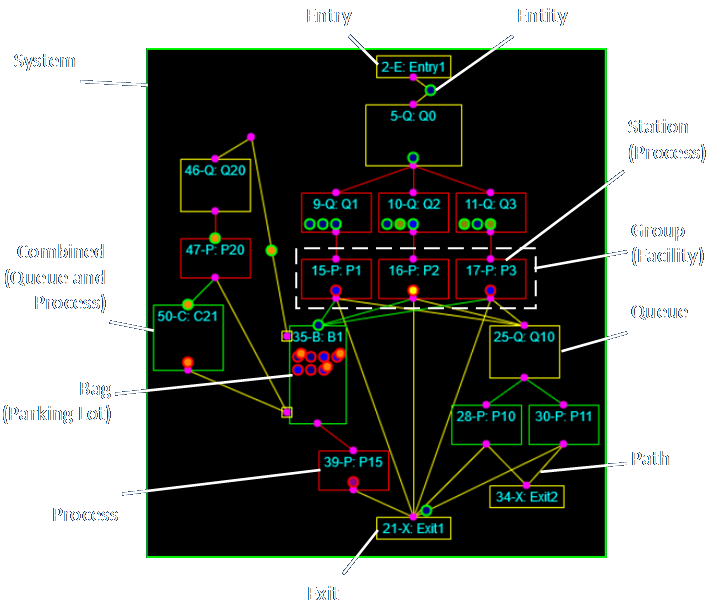
|

|
How much of any element are you a part of?
The Process (or Product) is the working system you either create or modify. The Solution is the change you make to the system (creation or modification). The Engagement is the structured work you do to create the solution. All those elements are in the Environment.
Link to detailed discussion.
Where Do We Start?
Before my nervous system decided to depart for Pago Pago, I did swing dancing for over fifteen years. My favorite dance within that genre all grows out of a simple basic step I could teach you in five minutes. (Learn something about its history through parts one, two, three, four, and five.)
Back in the day, people could tell what high school you went to by the way you did your basic.
Individuals and groups solve problems in different ways, driven by their experience and preferences, and also by the nature of the problem and its potential solutions.
There are a zillion different ways of doing things, and you can spend a lifetime getting better, adding variations, and doing all the other things possible in a dance, but we have to start somewhere.
I'm going to show you one project or engagement analysis "basic," which is based on my many decades of building and employing computer simulations (and other complex systems).
35 Years of Simulation
|
Industries
|
|
|
35 Years of Simulation
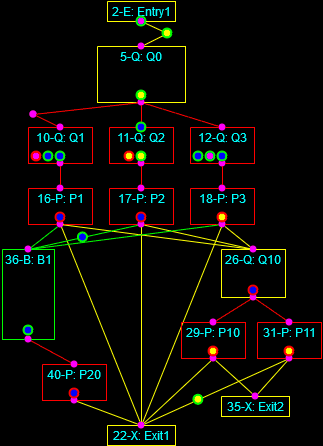
Continuous simulation of the heating of a square billet and Discrete-Event simulation of a multi-phase process.
Here Is Our "Somewhere"
For this initial discussion, we're going to talk about the process of building a simulation of a system that already exists.
The existing system is a process consisting of multiple steps (think of a flowchart, possibly with branches), and not a single entity.
Who Is Going To Be Involved?
The process I describe can be done alone, but most work of any scale will involve groups.
Working with multiple people and groups involves communication — and empathy.
Define terms. Learn how to speak each other's language.
Understand that you won't get it right the first time. Listen, document, review, correct. Repeat this process until all parties reach agreement.
Analysis and solution happen within a managed environment of limited resources. Understand the context and how to generate the best results.
1. Figure Out What You Want the Simulation To Do
There are many reasons to write and run simulations. I listed some industries and applications on an earlier page.
Simulations have to provide some kind of value, or else there is no reason to build them.
The simulation has to be accurate enough to be meaningful. Remember that all simulations are wrong; some are useful.
The use(s) of the simulation may be expanded, limited, or otherwise modified as more is learned through the process.
2. Understand the Thing You're Going to Simulate
Discover what the existing system does, what components make it up, and the actions that take place within it. These are your nouns and verbs.
- Most systems have components that do standard kinds of things.
- Different industries and systems will employ standard kinds of components.
- There are many ways to do discovery. Use all of them that work.
Collect the data that characterize the system. These are your adjectives and adverbs.
- Data come in infinite varieties and quantities, but they have some characteristics in common.
- Learn what the data all mean. Document everything.
- There are many ways to do data collection. Use all of them that work.
- The data may be messy. Figure out how to make it usable or otherwise handle the mess.
3. Identify What the Stakeholders, Users, and Solution Need
The organization has needs, customers have needs, users have needs, and designers and analysts have needs.
The solution may have needs of its own. We may learn about those needs at any point in the process, but the earlier we know, the easier it will likely be to make allowances.
We need to understand the difference between what the solution DOES and what the solution IS. The latter describe qualities the solution should have. For example, two solutions may generate the same answer, but the one that is simpler to use, runs faster, requires less maintenance, and is easier to modify will be preferred.
Define the criteria by which the requirements are agreed to be met.
4. Generate Possible Solutions and Pick the Best
The solution should simulate everything that the existing system does — unless all parties agree that things can be omitted or simplified.
There are many (very good) reasons to make assumptions and simplifications, but they should all be understood, agreed to, and documented. The risks and impacts should also be understood.
There are many ways to evaluate and rank solutions. They may differ based on the organization and application.
A classic way to compare solutions is by the net present value they provide after cost-benefit analyses are performed.
However, not all criteria can be reduced to monetary figures, and all organizations are not bound by the same incentives.
The full solution package should consider construction, operation, deployment, training, maintenance, and more.
5. Build and Deploy the Solution
Solutions should generally be as simple as possible — but no simpler. Remove complexity whenever possible, but retain all required functionality. Avoid adding features that aren't needed out of a sense of "completeness" or because they're "cool."
Solutions may need to be implemented in phases.
Training, documentation, and ongoing management and maintenance are part of the solution.
I generally strive to make solutions as standardized and modular as possible. That said, it takes time to learn how to do that.
Initial solutions in a problem space tend to be custom, expensive, and brittle. They become standardized, cheaper, and more robust over time. Think cars!
6. Test and Accept(?) the Solution
EVERY aspect of a solution should be tested, alone and in combination.
Testing should be planned for from the beginning (as much as possible).
Solutions should be evaluated on how they work — and how they address the stated problem.
Tests should meet defined standards that give pass/fail answers (as much as possible). Different kinds of tests are more amenable to this than others (Think TQM. What are the exceptions?).
Consider the entire solution process from the point of view of the tests it will have to pass (think Test-Driven Development - TDD).
Remember, the market provides the most important — and stringent — test of all. The best solution doesn't always win.
Let's Summarize:
- Define the problem
- Figure out what's going on now
- Identify what everyone needs
- Propose, develop, and select a design
- Build the solution
- Test it
Do That Work in a Project Management Wrapper
- Provision and launch project
- Define the problem
- Plan and monitor the work.
- Determine what to simplify or omit, and the effects of doing so
- Figure out what's going on now
- Data sources, collecting, and conditioning
- Identify what everyone needs
- Propose, develop, and select a design
- Build the solution
- Test it
- Close project
The Engagement Framework:
- Project Planning
- Intended Use
- Assumptions, Capabilities, Limitations, and Risks and Impacts
- Conceptual Model (As-Is State)
- Data Sources, Collection, and Conditioning
- Requirements (To-Be State: Abstract)
- Functional (What it Does)
- Non-Functional (What it Is, plus Maintenance and Governance)
- Design (To-Be State: Detailed)
- Implementation
- Test
- Operation, Usability, and Outputs (Verification)
- Outputs and Fitness for Purpose (Validation)
- Acceptance (Accreditation)
- Project Close
The Framework: Simplified
 Intended Use
Intended Use Conceptual Model (As-Is State)
Conceptual Model (As-Is State) Data Sources, Collection, and Conditioning
Data Sources, Collection, and Conditioning Requirements (To-Be State: Abstract)
Requirements (To-Be State: Abstract)- Functional (What it Does)
- Non-Functional (What it Is, plus Maintenance and Governance)
 Design (To-Be State: Detailed)
Design (To-Be State: Detailed) Implementation
Implementation Test
Test- Operation, Usability, and Outputs (Verification)
- Outputs and Fitness for Purpose (Validation)
Customer Feedback Cycle
Review every phase with the customer until they agree it's correct, especially for the Conceptual Model (As-Is State).
Needs discovered later could require the creation or modification of earlier elements.
This framework is usable for both Waterfall and Scrum, and really for any management style.

Link to detailed discussion.
Context of Your Effort

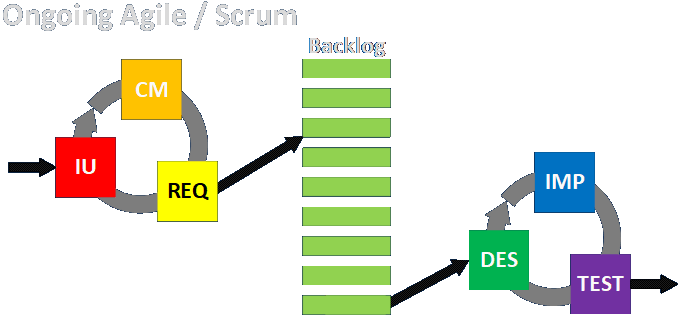

|
|
Link to detailed discussion.
Context of Your Effort (continued)



|
|
Link to detailed discussion.
Extended Life Cycle

The close of an engagement that builds something new only hails the start of managing the full life cycle.
Engagements that modify an existing system have only the six core phases.
Ongoing projects and programs may effectively never have a closing phase, but this usually only applies to in-house efforts.
Work performed for third parties usually has a defined endpoint.
Phases May Involve Multiple Sub-Levels
This can be represented in many ways. Which one do you prefer?

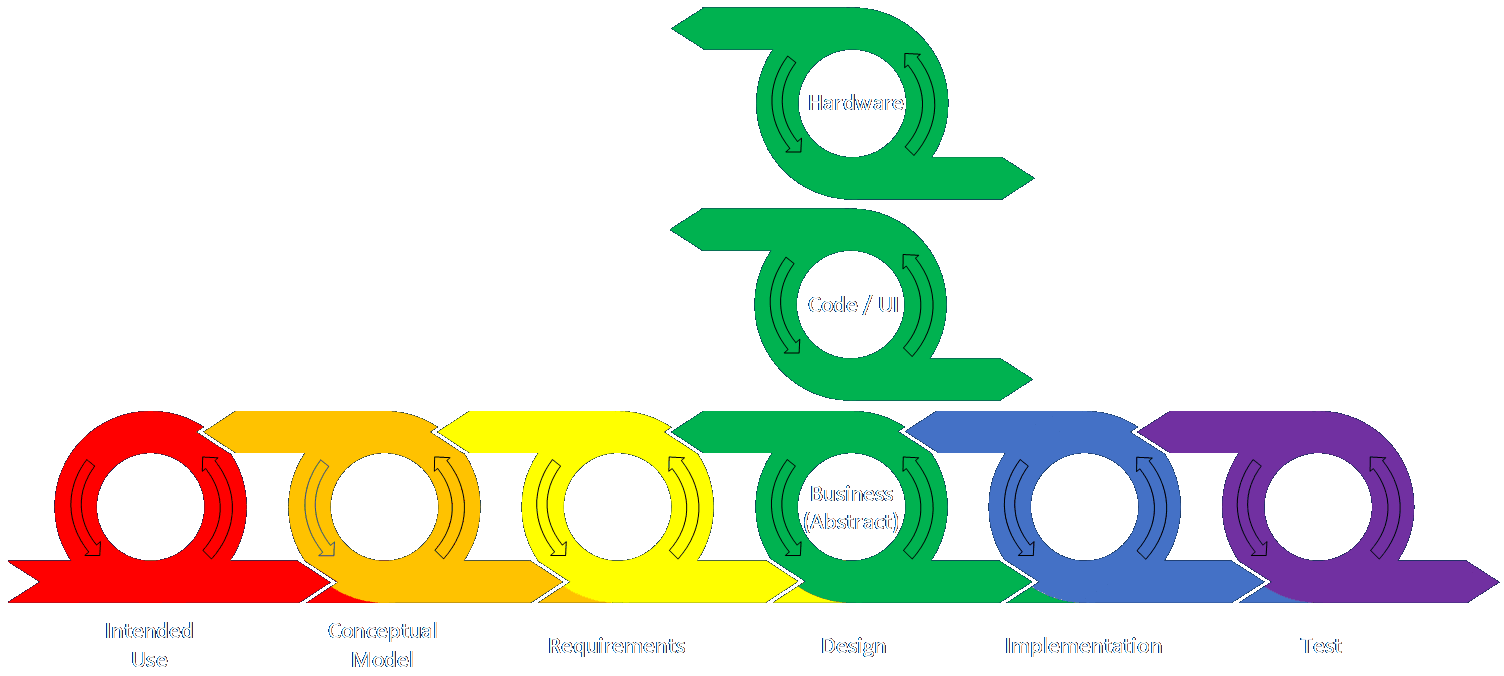

Phases May Involve Multiple Sub-Levels (cont'd)
Examples
- Conceptual Model (Discovery & Data Collection at nuclear plant)
- Discovery: Review of hardware (determine what parts are needed)
- Data Collection: collect control panel readings
- Discovery: Analysis to determine internal system states
- Discovery: Analysis to determine governing equations
- Planning
- Project Management (Charter, Resources, etc.)
- Business Analysis
- Project Close
- Design (Application Layers)
- Business Information (Abstract)
- Code / Data / Communication / UI/UX
- Hardware / Environment (OS) / Networking / Security
- Implementation (Experiments / Build / Deployment & Training)
- Development (Standalone Components)
- Integration (& Test) (System Level)
- Implementation (Deployment / Turnover)
Software Development Life Cycle (SDLC) Phases


SDLC Phases vs. Bob's Framework Phases

The SDLC phases are a little jumbled, in my estimation.
But if you consider the iteration between phases, and the fact that nothing ever really happens in a formal, fixed order, you can see that all the pieces are there.
SDLC Simulation Activities vs. SDLC Phases
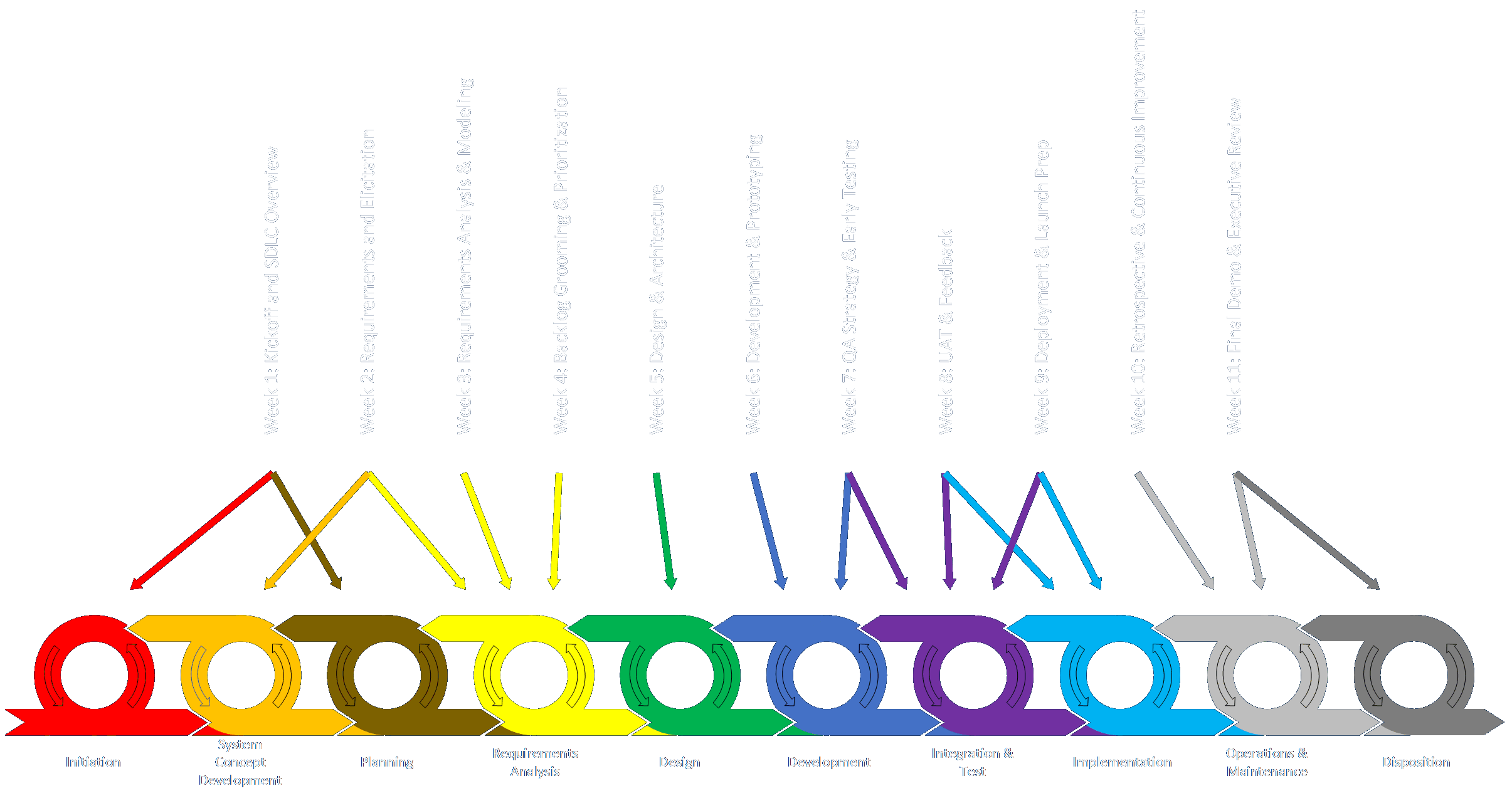
BABOK Chapter 3: Business Analysis Planning and Monitoring
Tasks Mapped to Bob's Framework Phases
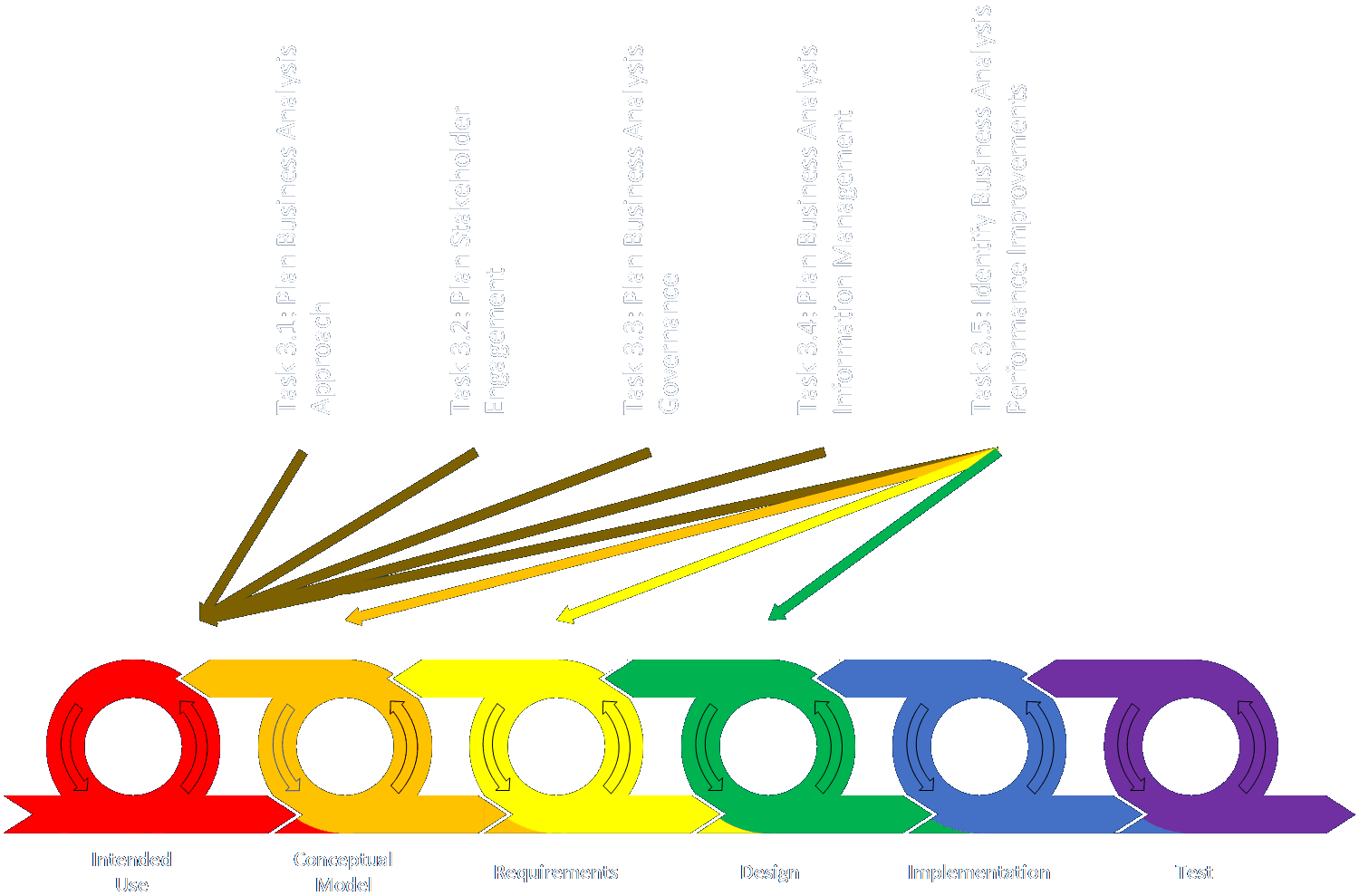
BABOK Chapter 4: Elicitation and Collaboration
Tasks Mapped to Bob's Framework Phases
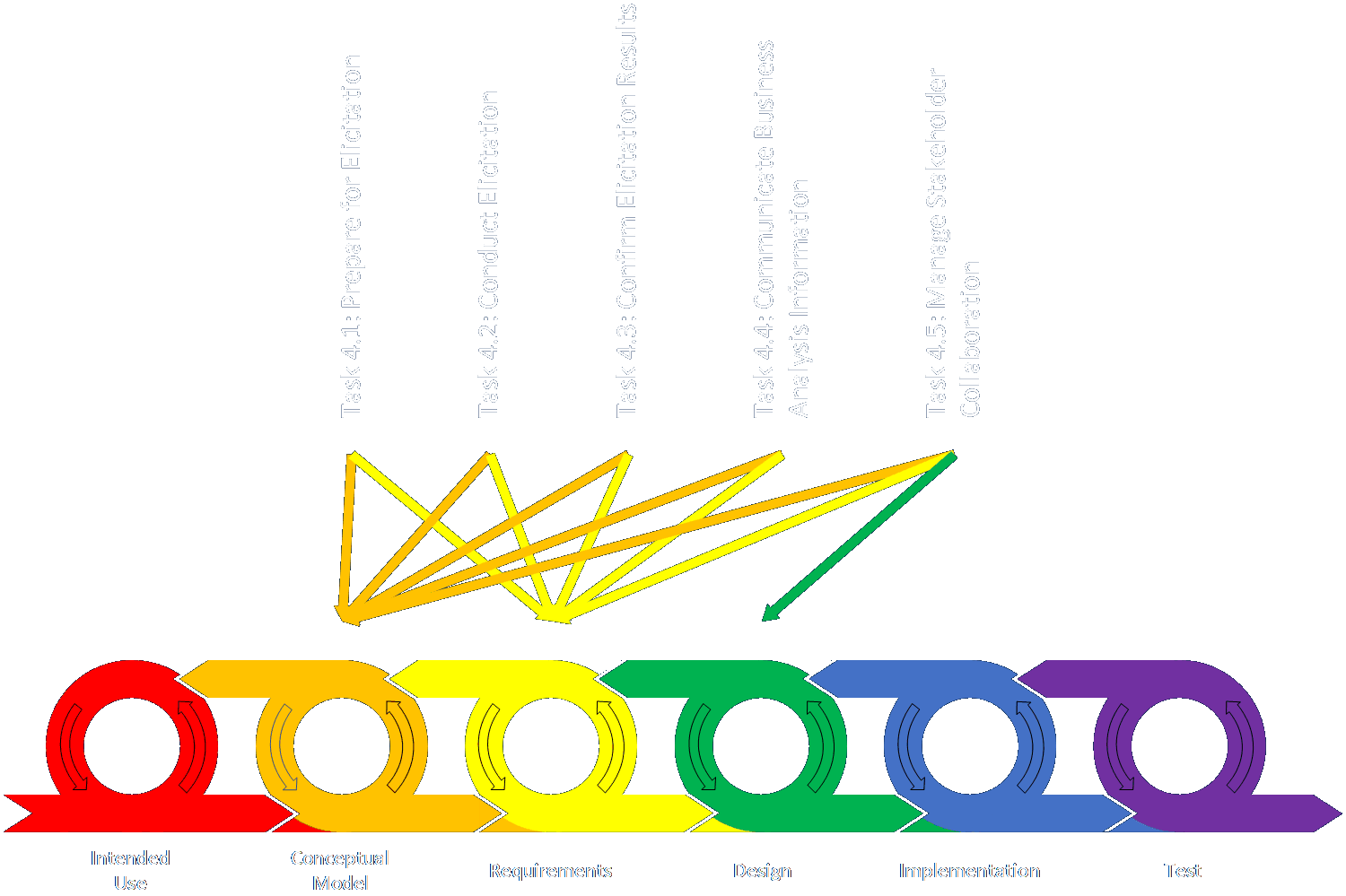
BABOK Chapter 5: Requirements Life Cycle Management
Tasks Mapped to Bob's Framework Phases
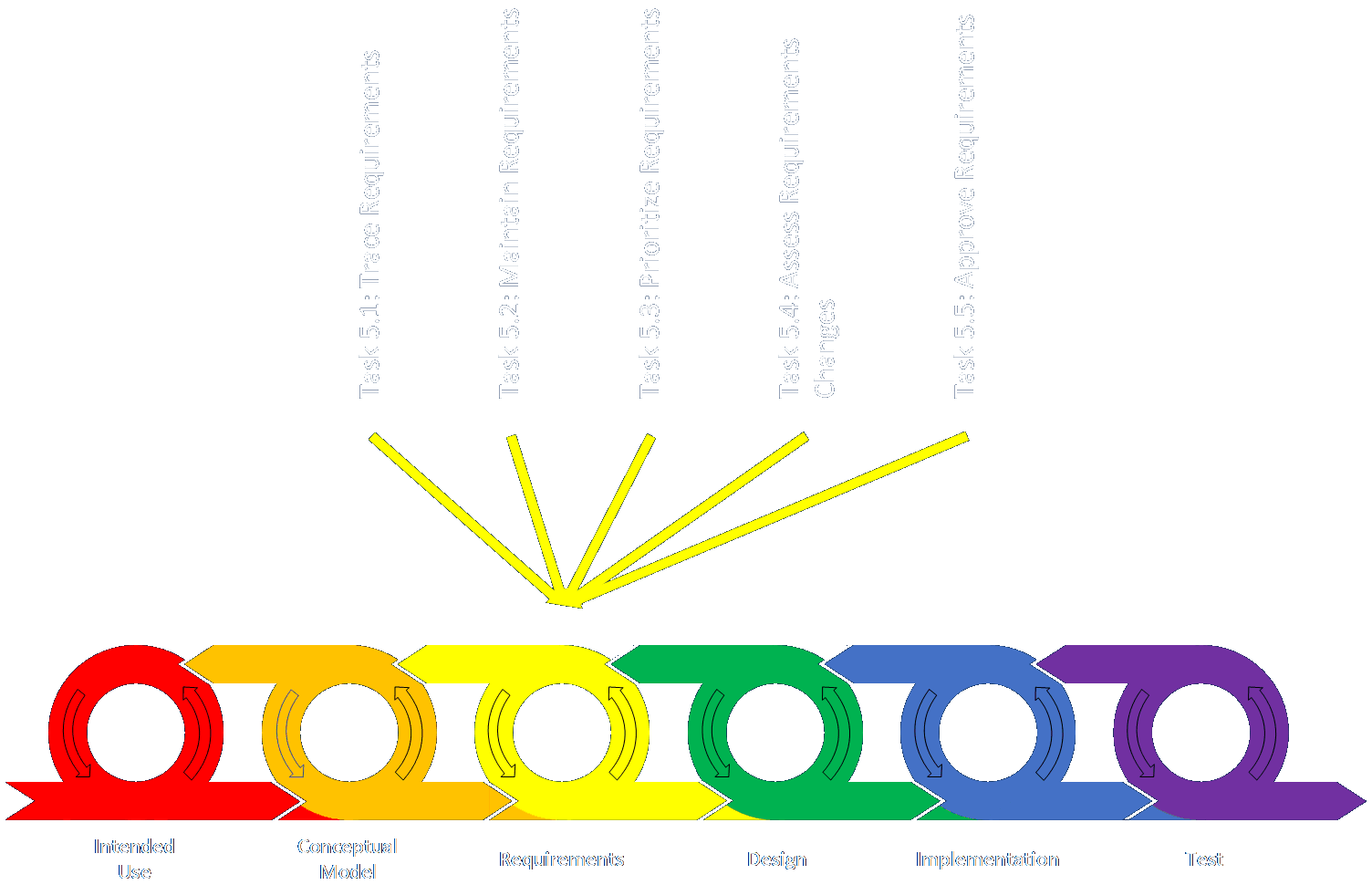
BABOK Chapter 6: Strategy Analysis
Tasks Mapped to Bob's Framework Phases
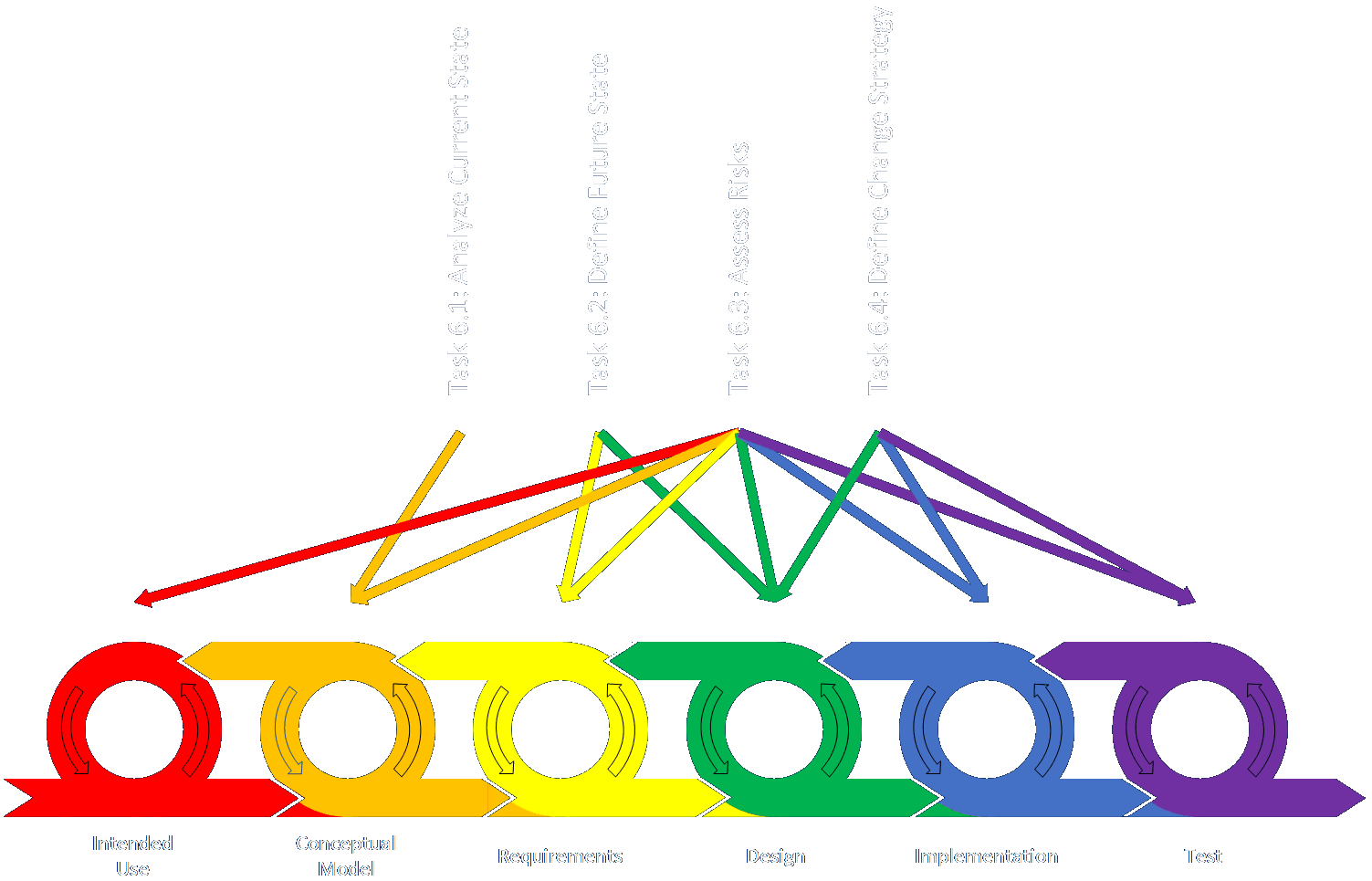
BABOK Chapter 7: Requirements Analysis and Design Definition
Tasks Mapped to Bob's Framework Phases
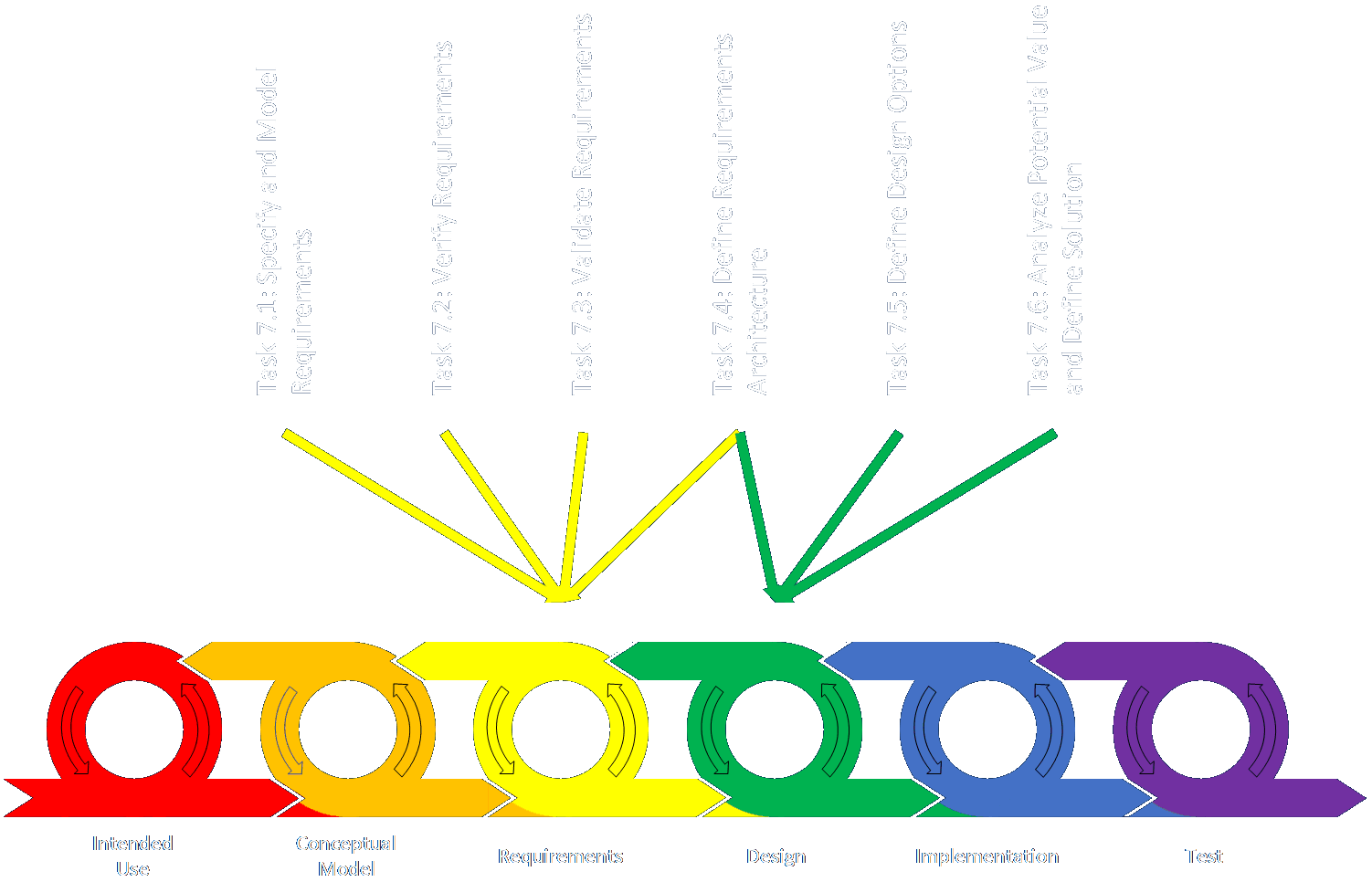
BABOK Chapter 8: Solution Evaluation
Tasks Mapped to Bob's Framework Phases
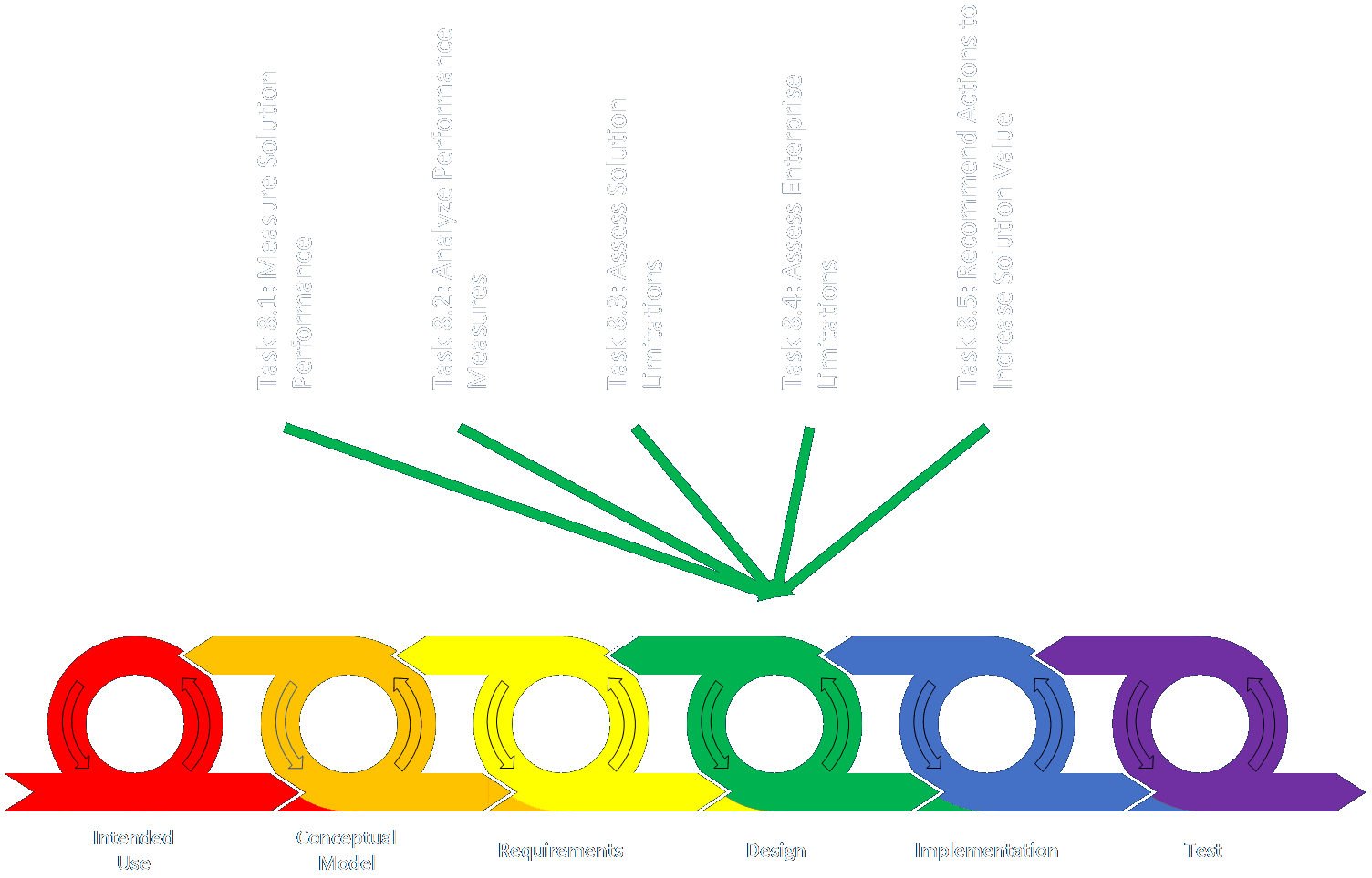
Requirements Traceability Matrix
- Best represented by a relational data structure but any method will work.
- Needs discovered later could require the creation of earlier elements.
- Methodological requirements (at bottom) can each be thought of as a kind of non-functional requirement that doesn't need to be mapped.
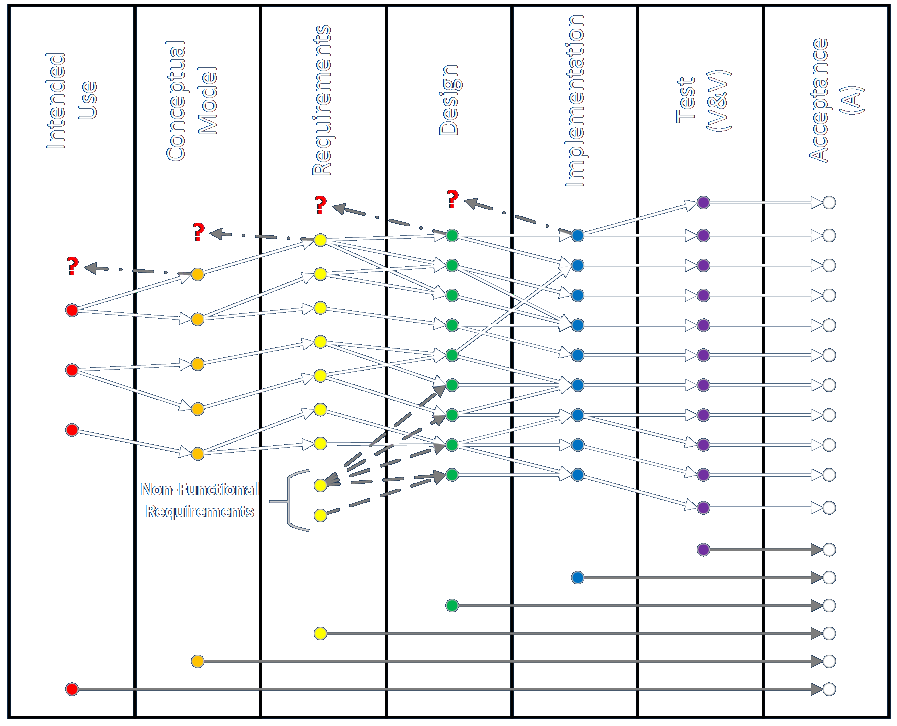
Link to detailed discussion.
Requirements Traceability Matrix cont'd
- When the BABOK talks about traceability, and when the SDLC talks about architecture, it refers to the relationship of the design elements with each other.
- I show this hierarchy vertically, such that every element matches up in the design phase.
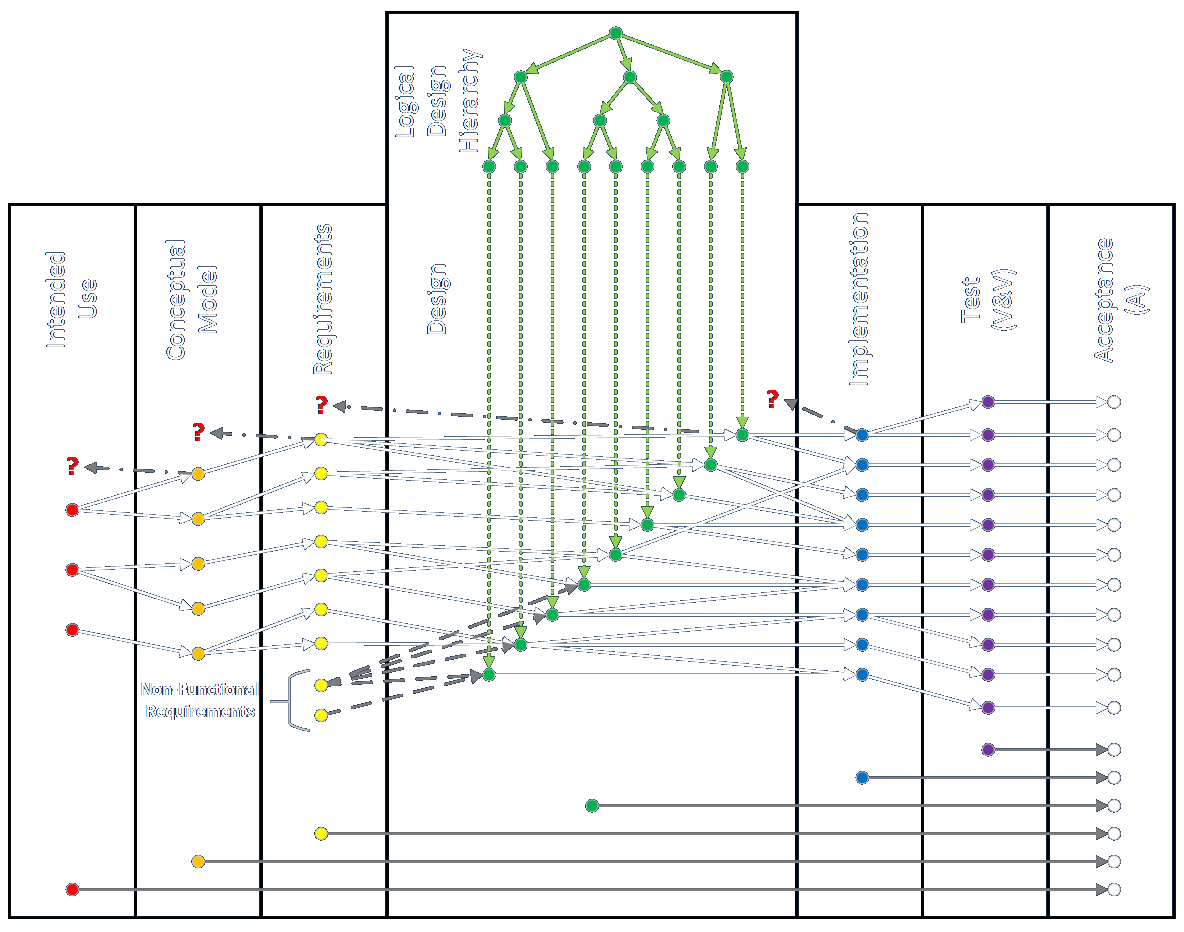
Link to detailed discussion.
Project Planning
The business analysis process is embedded within the project management process.
Project management creates the environment and manages the resources. Business analysis solves the problem.
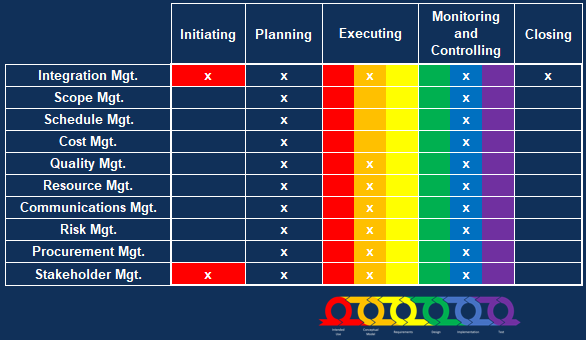
Link to detailed discussion.
Making Sure The Analysis Is Thorough

- Consider all elements from all angles.
- UML is a formal example. The BABOK is more diffuse.
- Simulation is great for understanding because the results show if everything's included.
- Formal mathematical proofs of correctness and optimality exist for some problems.
- Customer review and realized results are the best proof for most BA engagements.
There Are No Silver Bullets Or Final Answers
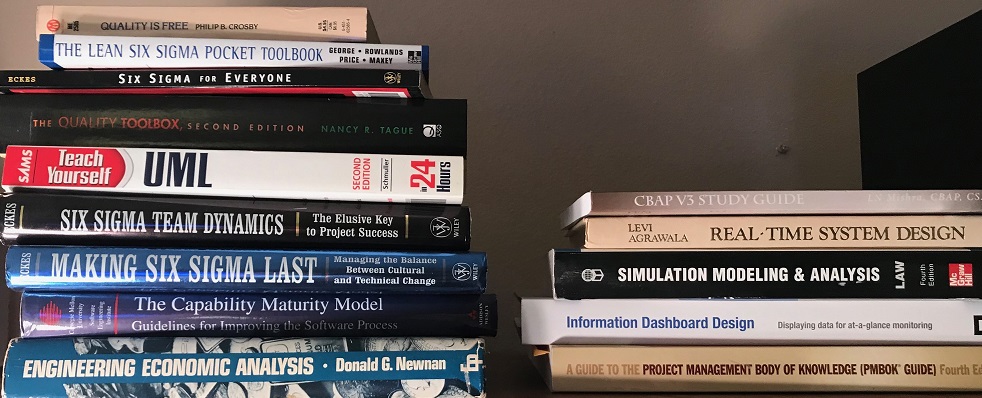
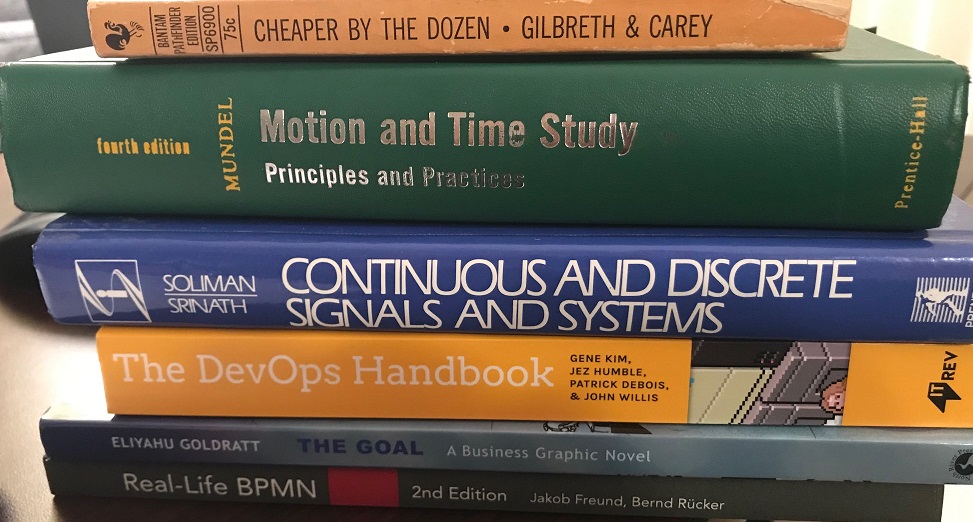
Facts and Fallacies of Software Engineering describes 50 years of incremental advance.
This presentation and other information can be found at my website:
E-mail: bob@rpchurchill.com
LinkedIn: linkedin.com/in/robertpchurchill